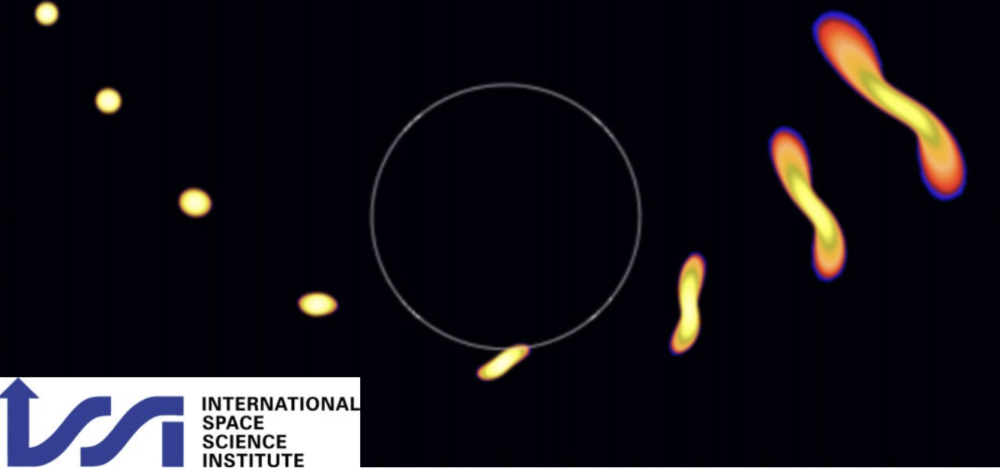For several decades, astronomers have speculated that a hapless star could wander too close to a super massive black hole (SMBH) and be torn apart by tidal forces. It has only been with the recent advent of numerous wide field transient surveys that such events have been detected in the form of giant-amplitude, luminous flares of electromagnetic radiation from the centers of otherwise quiescent galaxies. The discoveries, spanning the whole electromagnetic spectrum from X-rays, over UV and optical events, to a small number of events launching relativistic radio jets, have caused widespread excitement, as we can use these tidal disruption events (TDEs) to study the mass of SMBHs in quiescent galaxies, the stellar populations and dynamics in galactic nuclei, the physics of black hole accretion under extreme conditions including the potential to detect relativistic effects near the SMBH, and the physics of radio jet formation and evolution in a pristine environment. Whereas active galactic nuclei (such as quasars) host SMBHs that are supplied by steady streams of fuel for hundreds or even thousands of years, TDEs offer a unique opportunity to study a single SMBH under feeding conditions that change over timescales of days or months. TDEs offer our only hope of studying the evolution of their accretion disks for a wide range of mass accretion rates and feeding timescales. In addition, because the rate of TDEs is massively enhanced in binary black hole systems, TDEs are expected to point us to galaxies that are likely to host compact binary SMBHs. At a later stage in the binary SMBH evolution, eLISA will study the gravitational waves emitted when such binaries merge. In the next few years, the largest growth area will be in the greatly expanded surveys of the transient sky (such as the Gaia satellite, ZTF, LSST, the eROSITA satellite, SKA etc) that will reveal how SMBHs shine by ripping apart orbiting stars and swallowing the stellar debris. The proposed workshop would be focused on investigating how to:
i) test the different theoretical models for the optical TDE emission
ii) best use TDEs to determine the astrophysical inputs of interest: e.g. black hole masses and spins
iii) manage the observational follow-up resources in the era when about 1 TDE per day will be discovered
iv) reliably determine the TDE rates which are a proxy for the mass of the black hole seeds that grow into SMBHs.
(The figure shows stills from a simulation of a tidal disruption event and is adapted from Rosswog, Ramirez-Ruiz, Hix 2009).
